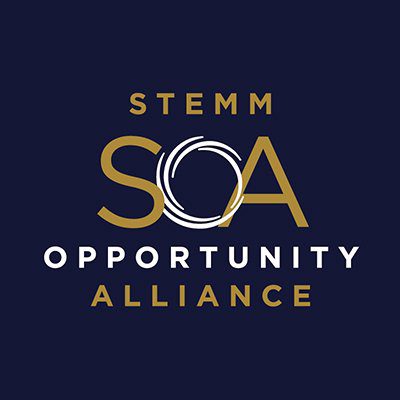SSIR features a piece on what makes collaborations and networks actually work, including a case study of 100Kin10:
“For true systems change to occur, collaborative efforts must seek to address the root causes of problems, rather than just mitigating the symptoms. Actions to reduce immediate suffering, such as filling a cavity, are essential. But we will never produce lasting change without also addressing the root causes of the issue at hand, such as providing young children with quality oral care from the outset.
One way to address root causes is by identifying and taking action on a set of “leverage points” that address the collaboration’s central purpose. Leverage points are places in a system where “a small shift in one thing can produce big changes in everything,” as Meadows has said. In a collaboration, leverage points also represent opportunities where participants can have greater impact by working together than they can by working alone.
100Kin10, a collaboration of more than 200 partners working to support STEM educators and train 100,000 excellent new STEM teachers by 2021, engaged hundreds of teachers to identify 100-plus challenges standing in the way of quality STEM learning for all students and to assess the relationships between these challenges. Through this process, 100Kin10 identified six primary leverage points to achieve its goal: 1) Raise state standards, 2) Improve the quality of the curriculum, 3) Expand financial support for STEM college majors, 4) Develop accountability systems that promote teacher creativity, 5) Increase the time available for professional development, and 6) Increase the time available for teacher collaboration.
Read the full piece here.


